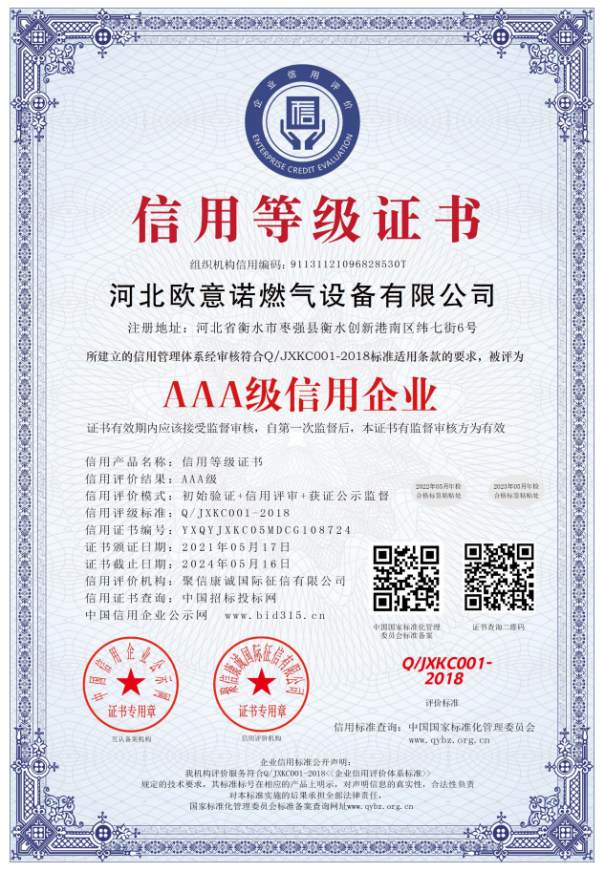
Sep . 19, 2024 16:08
Back to list
relief valve
Understanding Relief Valves Essential Components for Safety and Efficiency
Relief valves play a crucial role in various industrial applications, ensuring safety and maintaining operational efficiency. These devices are designed to automatically release excess pressure from a system to prevent the risk of catastrophic failures. Understanding how relief valves function and their importance in different systems is vital for both engineers and operators.
At its core, a relief valve is engineered to protect pressurized systems from pressure spikes that could lead to equipment damage, explosions, or even injuries. They are commonly found in steam, gas, and liquid systems across industries such as oil and gas, chemical processing, and manufacturing. The basic operation of a relief valve is straightforward when the pressure within a system exceeds a predefined limit, the valve opens to release some of the pressure, allowing the system to return to safe operating conditions.
There are several types of relief valves, each designed for specific applications. One common type is the spring-loaded relief valve, which uses a spring to hold the valve closed. When system pressure rises above the set point, the force exerted by the fluid overcomes the spring force, and the valve opens. Another type is the pilot-operated relief valve, which uses system pressure to control the opening and closing of the valve, providing more precise pressure control.
relief valve

Selecting the right relief valve involves considering numerous factors, including the type of fluid, the expected pressure range, and environmental conditions. Proper sizing and selection are critical to ensure that the valve functions effectively and does not prematurely open or fail to operate when needed. Manufacturers provide detailed specifications that outline parameters such as flow capacity, pressure settings, and material compatibility.
Regular maintenance and testing of relief valves are essential to ensure reliability. Over time, debris can accumulate, or wear and tear can affect valve performance. Scheduled inspections help identify potential issues before they lead to failures. Operators should also be aware of the importance of proper installation and adherence to industry standards to maximize the performance of relief valves.
In conclusion, relief valves are indispensable safety devices that help maintain pressure within regulated limits in various industrial processes. Their proper selection, installation, and maintenance are vital for ensuring operational reliability and safety. Understanding these components fosters a safer working environment and helps prevent costly downtime in industrial operations. As industries continue to evolve, the development and improvement of relief valve technology will remain paramount in ensuring efficiency and safety.
Latest news
-
Safety Valve Spring-Loaded Design Overpressure ProtectionNewsJul.25,2025
-
Precision Voltage Regulator AC5 Accuracy Grade PerformanceNewsJul.25,2025
-
Natural Gas Pressure Regulating Skid Industrial Pipeline ApplicationsNewsJul.25,2025
-
Natural Gas Filter Stainless Steel Mesh Element DesignNewsJul.25,2025
-
Gas Pressure Regulator Valve Direct-Acting Spring-Loaded DesignNewsJul.25,2025
-
Decompression Equipment Multi-Stage Heat Exchange System DesignNewsJul.25,2025

